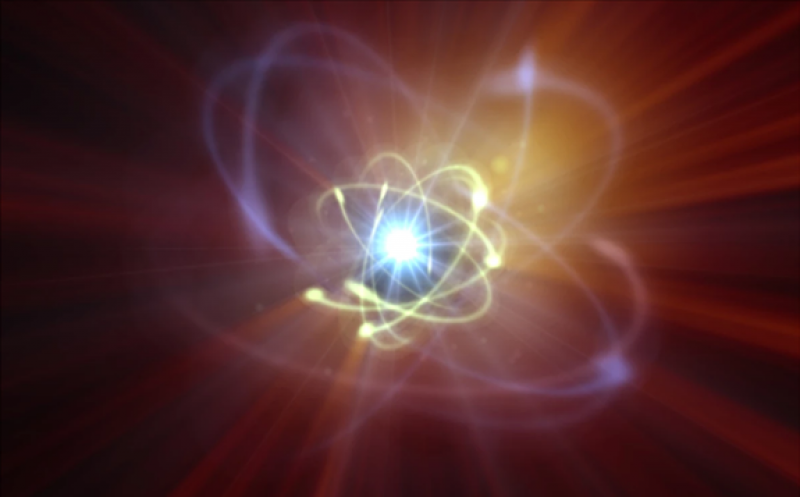China is moving ahead with development of an experimental reactor that would be the first of its kind in the world, but could prove key to the pursuit of clean and safe nuclear power. According to local news reports, the Chinese government intends to finish building a prototype molten salt nuclear reactor in the desert city of Wuwei in the coming months, with plans to establish a number of larger-scale plants in similar settings thereafter.

With an ability to generate power while producing very minimal carbon emissions, nuclear reactors have a clear upside when it comes to the sustainable generation of energy. But there are very valid reasons the technology hasn't been widely adopted across the world, many of which stem from the reliance on uranium and plutonium for fuel.
Not only is uranium expensive and rare, it can also be used to build nuclear weapons. These reactors also generate radioactive waste that needs to be safely stored, and carry the very real risk of catastrophic meltdown, as seen at Fukushima in 2011.
Since the 1940s, scientists have been exploring an alternative known as molten salt reactors, which promise a far safer way forward. In place of uranium and plutonium, these reactors use the widely abundant, silvery metal thorium, which cannot be easily used to make bombs. Furthermore, these reactors would operate in a way that doesn't pose the same dangers as conventional ones.
This is because instead of solid fuel rods, thorium is dissolved in molten salt that is flowed through the reactor at high temperature. In this form the liquid salt acts as a coolant and there is no need for high-pressure water cooling systems, and if there is an accident and the fuel is exposed to air, it quickly cools and turns solid. Compared to a conventional nuclear reactor that can quickly cloud vast areas in radioactive material, this significantly limits the potential contamination of the surrounding environment.
Despite its promise, advancing the technology behind molten salt reactors has been slow going. Experiments were carried out in the US in the 60s and 70s, and then in Asia and Europe. More recently, we saw a research group in the Netherlands kick off experiments aimed at turning the technology into an industrial-scale source of energy.
In recent times, China has been leading the charge. In 2011, its government approved plans for a thorium molten salt reactor in the desert city of Wuwei, in the province of Gansu, and tasked its scientists with developing the technology to run it. Now, as reported by the South China Morning Post, construction on the two-megawatt prototype reactor is due to wrap up next month and the first tests could begin as soon as September.
If these plans are realized, the facility would become the first operational thorium molten salt reactor anywhere in the world. Government scientists hope to use it as a springboard for the development of larger thorium molten salt reactors that generate up to 100 MW, which are planned for several other desert locations and could each provide enough power for 100,000 inhabitants. Construction on the first commercial reactor is expected to be complete by 2030.
The plans are grand but the fine details remain light on, particularly relating to the technical obstacles that have plagued the technology in the past. One major issue molten salt reactors have to contend with is corrosion, with the radioactive molten salt prone to eating away at piping or other components.
Another relates to the processes that drive the generation of energy. Conventional nuclear reactors are able to split atoms of uranium in a way that results in a chain reaction and continual energy production, whereas thorium doesn't contain enough fissile material to do this all on its own. This means it needs to be mixed with uranium anyway, or another materials that help trigger the necessary reactions.
This means that a thorium nuclear reactor has never been proven on a commercial scale before, and plenty have doubts that one ever will be. In any case, China's scientists have been spearheading research and development in the area since the project kicked off a decade ago, so perhaps they are finally ready to show their hand.